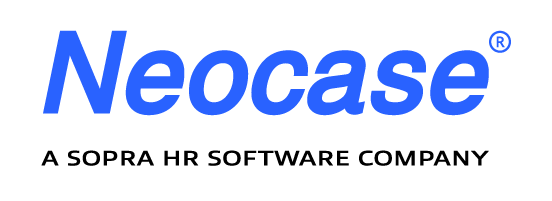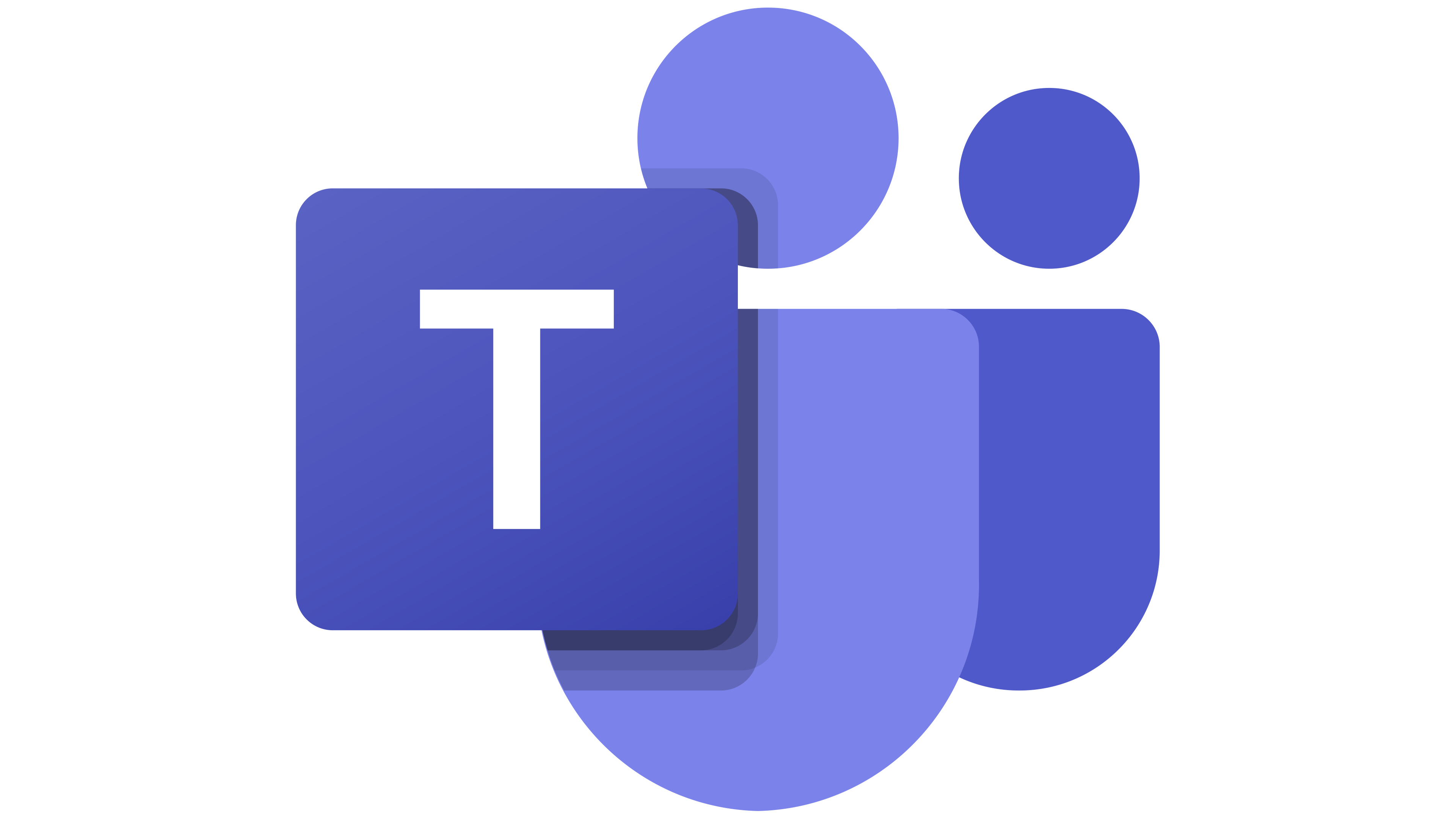Before an employee can be engaged, they need to be satisfied with the core aspects of their job; satisfied enough to want to remain in the job.
According to organizational psychologist Jan West, Phd, it’s important for a company to pay attention to both employee satisfaction and employee engagement. While the two areas differ, there is some crossover that makes them both important in building a productive workplace. If you want to know what an employee is getting out of their job, the easiest way to get this information is to ask them. And the most efficient way to ask is through an employee satisfaction survey.
Benefits of Employee Satisfaction Surveys
Survey response data highlight key issues upon which HR leaders should focus, and include in executive agendas. Satisfaction surveys help to improve operational efficiency by identifying the areas that should be improved upon to increase employee satisfaction – a foundational element of employee engagement.
When these weaknesses are improved upon, and employees become more satisfied, they stay with the organization longer. As a result, recruitment and training costs are reduced, and the bottom line improves. And let’s remember that satisfied employees are a step closer to engaged employees. And engaged employees have proven to be more productive.
So, how to go about using the employee satisfaction survey to achieve these goals? For starters, follow these best practices…
Define Survey Goals and Objectives
Decide exactly what you want to measure. This will help you to ask the right questions to elicit the information you’re after.
Keep Questions on Specific Topics Together.
Having a clear structure to your survey will make it easier to follow. And if it’s easier to follow, more employees will complete it. And the quality of responses will also improve.
Be Clear about Confidentiality.
Make it crystal clear to employees that their responses will remain confidential. When employees are comfortable responding to a survey, they respond with greater authenticity. And more authentic responses lead to more effective guidance for change.
Evaluate the results.
Compile the responses. Then invest the time to follow-up with some of the respondents on their strongly negative answers. The purposes of this exercise is to understand the root cause of the dissatisfaction. The survey response may tell you that the employee is dissatisfied, but it won’t always tell you why. Again, to find out, ask.
Act and Measure.
Results can’t improve until changes are made. Therefore, implement specific changes that will improve the areas about which employees consistently expressed dissatisfaction. Then once the changes have been in place, measure their results 30, 60 and 90 days out. If the positive changes have taken root, and satisfaction has improved, you’ve been successful.
If satisfaction has not improved, don’t give up. Instead, begin the process again. Successful organizational improvements often happen after multiple iterations.
Share the results with your employees.
Sharing survey results with the employees hold two key benefits. When employees know they were listened to, and that management acted on what the employees had to say, the benefits are two-fold. Management gains more credibility with employees. And employees become more engaged.

 Microsoft Teams
Microsoft Teams
 Workday
Workday
